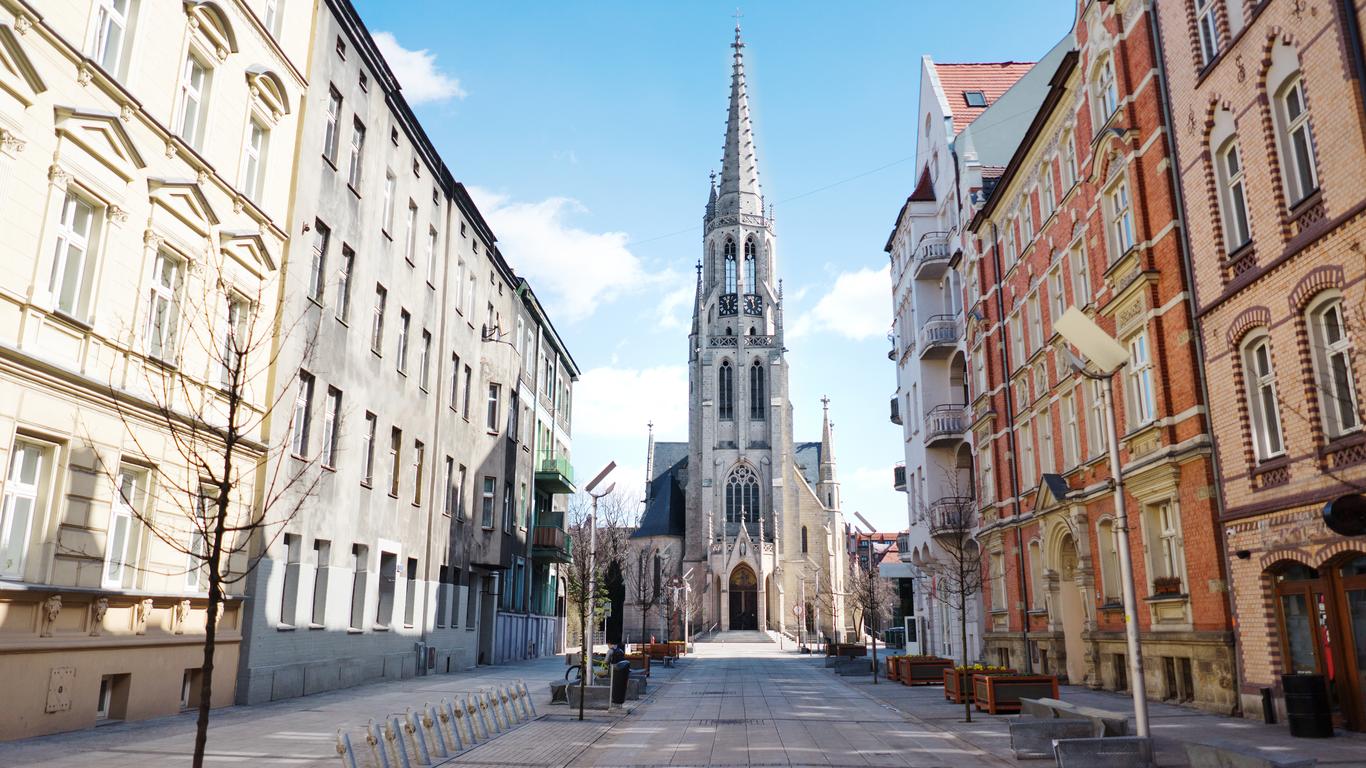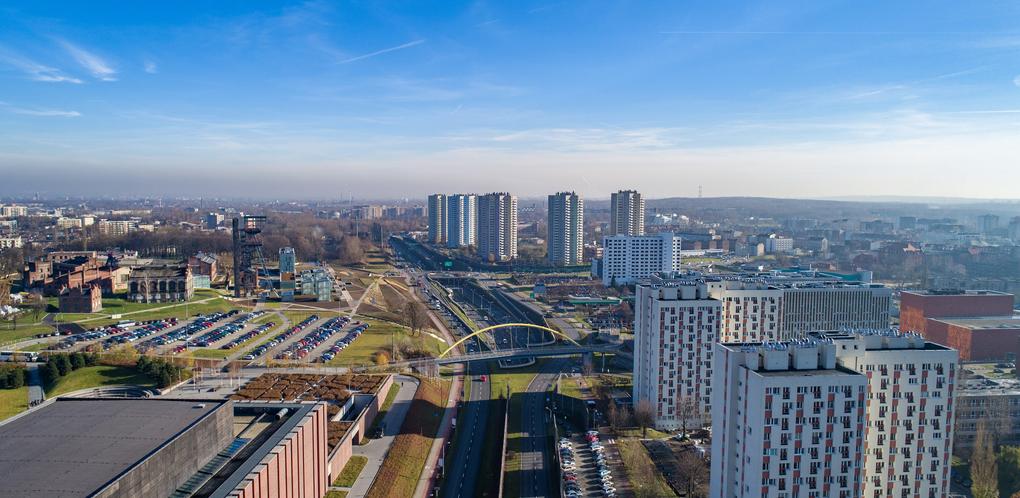1. Everyday Life, Exhibited Brilliantly
Located in the suburb of Nikiszowiec, around 3 miles from the city center, this is a great example of how medium sized cities should showcase their history. For one thing, the setting is intriguing - a 1910s planned industrial suburb. But the collections inside are the real star. Exhibits give a vivid idea of what everyday life was like in Katowice from the 1200s to today, and there are special collections dedicated to famous locals like the artist Stanisław Ignacy Witkiewicz.
2. Spellbinding Silesian Stories
More centrally located, just north of Rynek (the main square), the Silesian Museum has some amazing stories to tell. For instance, it houses 35,000 photographs, some of which are over 130 years old and capture key moments like the Polish resistance against Nazism. Other galleries provide a panorama of Polish painting, while there's an absorbing section on the history of Silesian industry which, after all, is what made the area so sought after by kings, emperors, and fuhrers, for so long.
3. A Saucer-Full Of Sporting And Cultural Delights
Built in 1971, Spodek is one of the most recognizable sporting and musical arenas in Europe. Shaped like an upturned flying saucer (well, it was the 1970s), it has a capacity of 11,500 people, and hosts everything from ice hockey fixtures to heavy metal artists like Metallica, who played a famous gig there in 1987. In fact, there's a good chance that something worth seeing will be on during anyone's stay in Katowice, whether you're into electronic gaming competitions, ice skating (there's a public rink in the complex), basketball, or volleyball.
4. Living History, And Historical Refreshments
The name may sound a little uninspiring, but the content of this huge outdoor museum is anything but. Located in the Provincial Park of Culture and Recreation around 2 miles north of the center, it's basically a lovingly reconstructed Silesian village, albeit one with structures dating from the 1100s to the 19th century. With 100 buildings in all, and staff on site to explain what everything means (usually in English), the museum even has a working karczma (tavern) to round off the trip with a beer. Not many museums can match that kind of service.
5. A Dramatic Center For The Polish Stage
Silesia's largest theater dominates Rynek Square, and also plays an oversized role in the city's cultural life. Housed in an elegant modernist structure, it was actually built by a German team (and the first performance was Schiller's "William Tell"). But the theater's golden age of the 50s and 60s saw it become a mainstay of the Polish stage, and most of the country's greatest actors trod the boards there at some point. These days, performances come thick and fast, as Shakespeare rubs shoulders with Polish newcomers. Even if the dialogue washes over you, it's an enchanting place to catch some drama.


